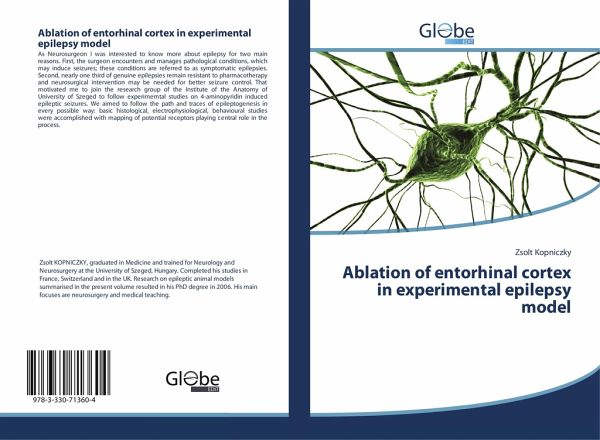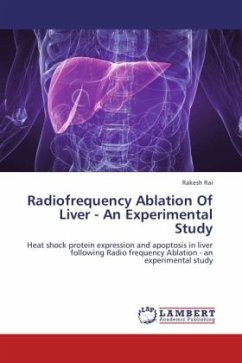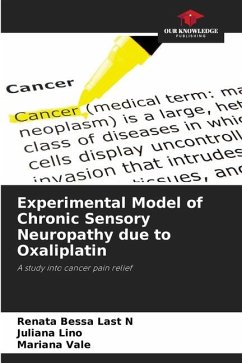
Ablation of entorhinal cortex in experimental epilepsy model
Versandkostenfrei!
Versandfertig in 6-10 Tagen
16,99 €
inkl. MwSt.

PAYBACK Punkte
8 °P sammeln!
As Neurosurgeon I was interested to know more about epilepsy for two main reasons. First, the surgeon encounters and manages pathological conditions, which may induce seizures; these conditions are referred to as symptomatic epilepsies. Second, nearly one third of genuine epilepsies remain resistant to pharmacotherapy and neurosurgical intervention may be needed for better seizure control. That motivated me to join the research group of the Institute of the Anatomy of University of Szeged to follow experimemtal studies on 4-aminopyridin induced epileptic seizures. We aimed to follow the path a...
As Neurosurgeon I was interested to know more about epilepsy for two main reasons. First, the surgeon encounters and manages pathological conditions, which may induce seizures; these conditions are referred to as symptomatic epilepsies. Second, nearly one third of genuine epilepsies remain resistant to pharmacotherapy and neurosurgical intervention may be needed for better seizure control. That motivated me to join the research group of the Institute of the Anatomy of University of Szeged to follow experimemtal studies on 4-aminopyridin induced epileptic seizures. We aimed to follow the path and traces of epileptogenesis in every possible way: basic histological, electrophysiological, behavioural studies were accomplished with mapping of potential receptors playing central role in the process.












